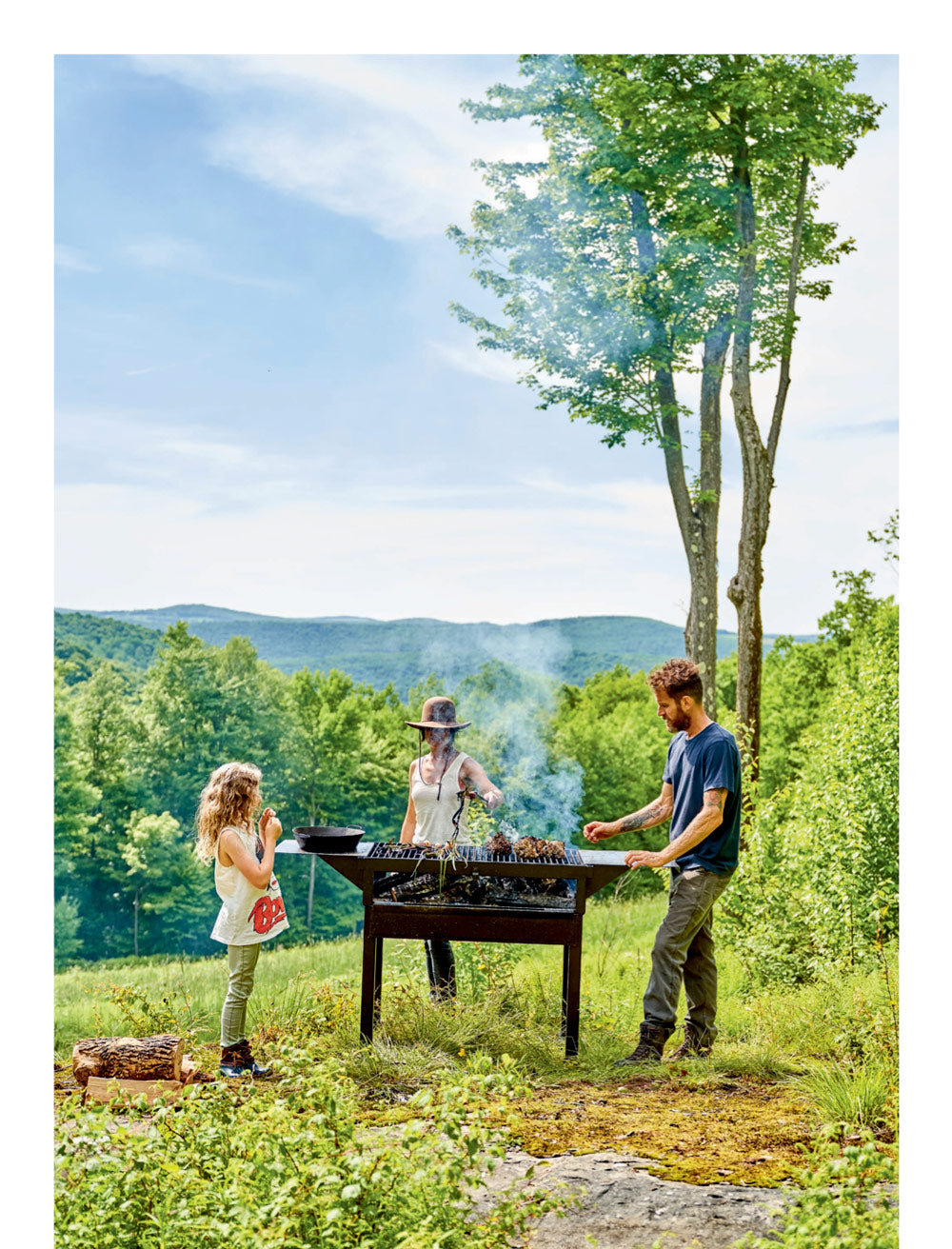Live-fire is the oldest form of cooking there is. Somehow, though, it feels fresh every time it's done. The lick of flame; the char of eggplant or a pork chop; the tending required; the attention paid.
Over the last few years, chefs and cookbook authors across the United States have been paying closer attention to their home fires and the equipment they use to cook over fire. Yes, live-fire cooking is as old as time. But as cooks and the cooking-curious try to draw ever nearer to the source of their food, they have also been pulled toward the flickering allure of an outdoor grill, a wide fire pit, a tiered firebox.
To capture the heart of this live-fire movement, we talked to a variety of food professionals to see what their home-cooking setups are, al fresco. The hope was that the amateur home cook could learn a thing or two from this intrepid, flame-focused crew. We spoke with a longtime chef whose live-fire kitchen at home grew over decades into a sprawling multi-use centerpiece. We talked to a food editor who built a hearth with the help of a local bricklayer. We discussed the primal allure of the Argentine asado with a native son who decamped to the United States and often fashions an outdoor grill from backyard debris.
The live-fire trend is hot. Hotter still is the possibility of upping your own backyard open-fire game—perhaps by building your own.














